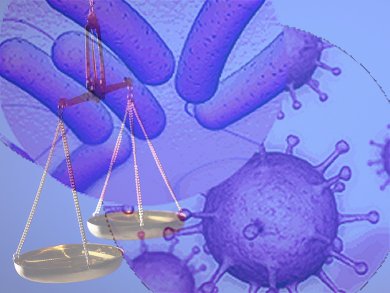Researchers at the Academia Sinica in Taiwan have developed a mass spectrometric technique to allow them to bridge the gap between the 1,000,000 dalton and the 1,000,000,000 dalton mass range, the 1 MDa to 1 GDa. The new technique involves charge-detection of laser-induced acoustic desorption (LIAD) mass spectrometry (MS).
The team suggests the technique will not only boost nanoparticle research but might be used to monitor drug-delivery vehicles with masses in this range.
The team has demonstrated proof of principle with nanoparticles and used the technique to determine for the first time the mass distribution of a virus sample, in this case HIV-based lentiviruses. A 10 % distribution was seen which implies that the protein and nucleic acid composition can vary quite considerably.
- High-Speed Mass Measurement of Nanoparticle and Virus,
H.-C. Lin, J.-L. Lin, H.-H. Lin, S.-W. Tsai, A. L. Yu, R. L. C. Chen, C.-H. Chen,
Anal. Chem. 2012.
DOI: 10.1021/ac300615v




